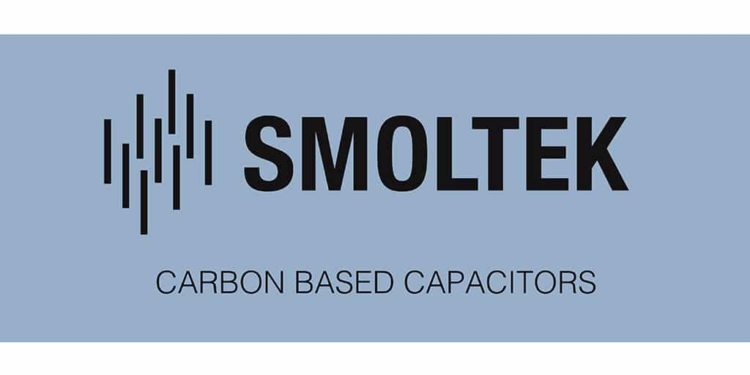Source: Smoltek release, EPCI original article
Smoltek, pioneer carbon nano-technology company, will present the future of capacitor technology at PCNS 2019 in Bucharest, Romania 10th-13th September.
CNF-MIM is a revolutionizing way of making high performance discrete capacitors, that free up significant amounts of area and volume with its high capacitance density. Not to mention the extremely low device profile that enables new innovative placement to even further improve performance and reduce the area and volume of the end product.
The CNF-MIM capacitor technology platform enables production of several different types of capacitor components, including discrete passives, embedded capacitors and capacitors directly integrated on the chip. The CNF-MIM discrete component concept gives circuit designers extensive freedom in creating future devices and products. A discrete CNF-MIM capacitor can be placed on or be embedded in PCB/SLP, interposer or chip-die.
Features include:
- Fully solid-state discrete devices
- Capacitance densities: > 350nF/mm2
- Low ESR: ~100mΩ
- Breakdown voltage: 25V
- Low leakage current: < 0.004 nA/nF
- Low profile height: < 4µm (the capacitor)
- Measured excellent capacitance stability up to 150°C
The Smoltek CNF-MIM introduced its CNF-MIM capacitors during the PCNS Passive Components Networking Symposium in Bucharest, Romania on 12th September, 11:40 EEST.
Visit Smoltek website here.
About Smoltek
Smoltek is a global technology provider for the new wave of advanced packaging and heterogeneous integration. The company is literally pushing the limits for the scaling of microelectronics and their disruptive nanotechnology is what the semiconductor industry is looking for.
Smoltek specializes in development and integration of carbon nano-structure fabrication technology, mainly for the semiconductor industry and in the areas of advanced packaging and heterogeneous integration.
The Smoltek technology platform is based on CMOS compatible low temperature catalytic growth processing. This enables controlled growth of exactly located and defined individual nano-structures, or clusters or films made of such nano-structures.
One example on how Smoltek’s technology may be implemented is in high performing discrete solid-state capacitors based on carbon nano-fibers, called CNF-MIM.
more 2nd PCNS symposium technical papers can be viewed and downloaded in pdf from EPCI Academy e-Proceedings:

































